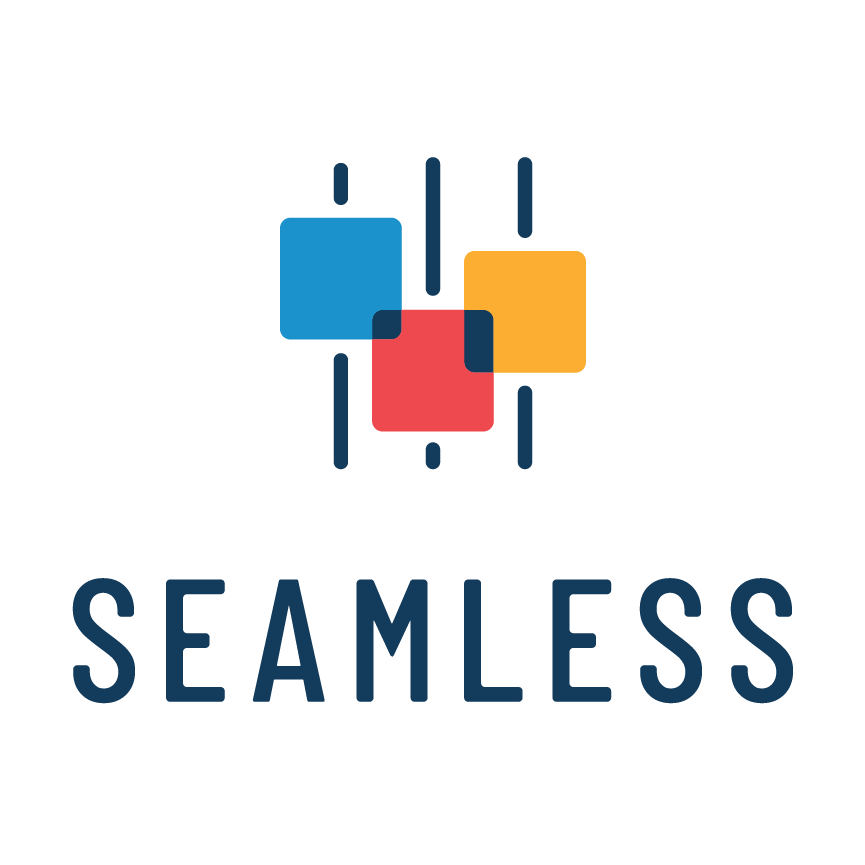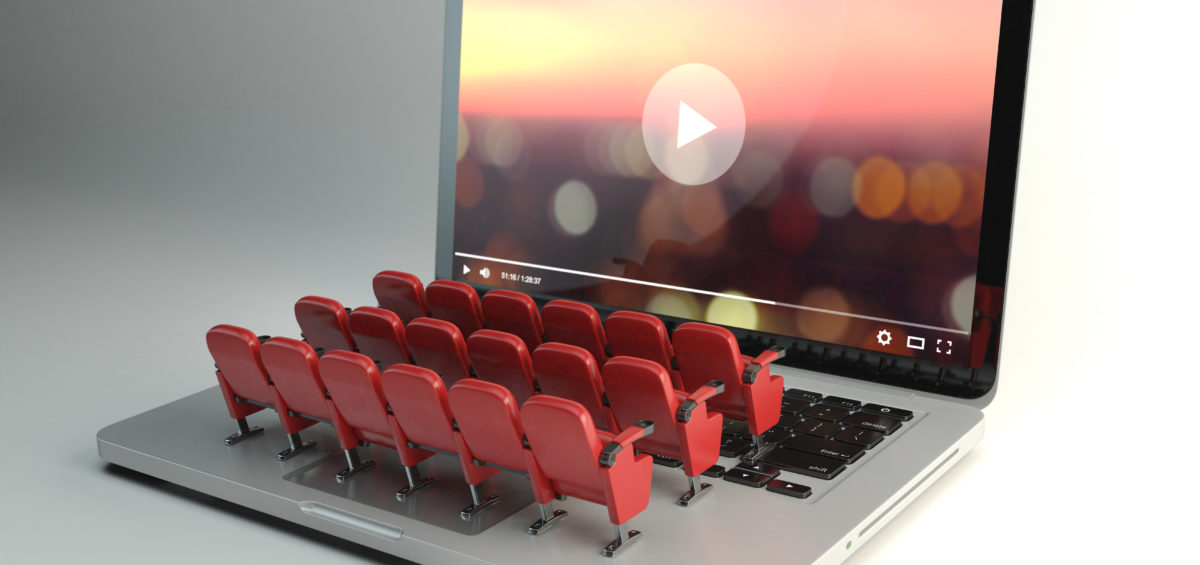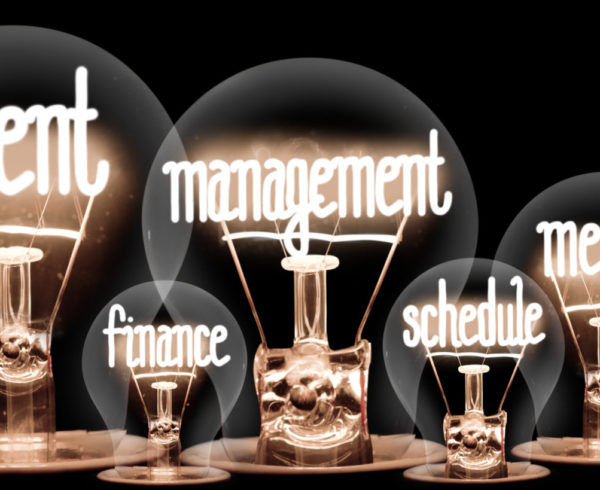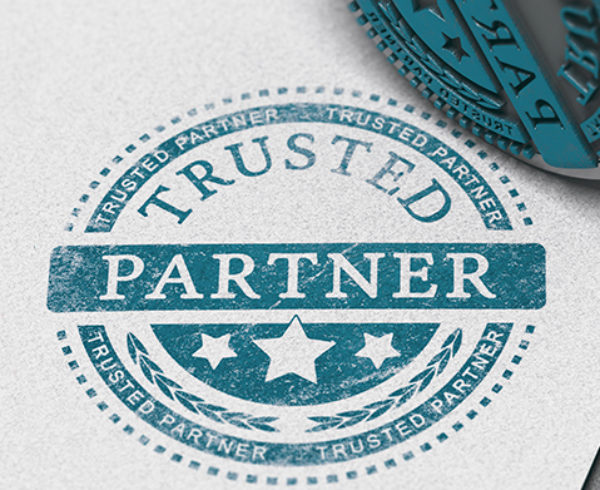In spite of what you might think, hybrid events—live events with both in-person and remote audiences—have been around for some time, long before the pandemic and the rise of virtual meetings. But until recently, hybrid events were far from the norm. Pre-pandemic, the model was usually reserved for large tech companies with seemingly unlimited resources, or entertainment and media companies accustomed to serving live audiences while broadcasting simultaneously to viewers all over the world.
Just a few years ago, media moguls and large tech firms aside, event planners were by and large only producing hybrid events on a limited scale. Take the typical conference, for example, with in-person sessions and live streaming on the backend, almost as an afterthought. The remote audience was lower on the event planner’s priority list simply because the demand for remote attendance was not as strong.
Flash forward to the present when we’ve all been participating in and experiencing virtual events for the past two years, from small zoom meetings to full-scale broadcast quality productions and everything in between. The landscape has changed and audience expectations have risen exponentially. As technology and virtual event productions have become more sophisticated, audiences have come to expect more. They expect to engage just as if they were physically at the event. They expect to interact with other attendees, the speakers, even the sponsors. They expect to be entertained and they expect high-quality productions. They want full value—the same as the live in-person audience.
Of course, in-person is still preferred. You can’t beat the experience of coming together for a shared experience. Whether you are on the stage or in the audience, there’s nothing like talking directly to someone and connecting with them in the moment. It’s close to impossible to get the same level of engagement with a remote audience.
But we’ve opened the Pandora’s box of virtual events and people expecting to attend remotely, and there’s no going back to the way things were. And why would we go back? Today, you can have an additional 5,000 people or more sign up for an event, from all over the world, who never would have attended in person. The opportunity to reach such a vastly larger audience is tremendous with a virtual model.
The opportunity is real, but delivering exceptional event experiences that meet or exceed remote audience expectations requires doing things differently. As event planners, how we think about what a hybrid event can be must go beyond how both audiences can see the same thing in real-time. We must also focus on ways to take the audience experience to the next level so your remote attendees don’t feel like they have missed out on anything.
Start with the agenda. This may seem obvious, but there is a lot of room within an agenda to get creative and provide cost-effect solutions to engage the remote audience at a much higher level. Look critically at the agenda and think about what elements of the event need to be in person only and what you can offer both audiences. Additionally, the remote attendee agenda and in-person agenda do not always need to be the same. In fact, there can be some elements for the virtual audience only. It doesn’t make sense for remote audiences to attend the happy hour, but they could attend a virtual networking event. In-person and virtual do not need to take place at the same time. You can find creative ways to break up your agenda, such as having day one of the conference all virtual, and day two hybrid, or in-person only with video on demand released a week or two after the in-person event. Instead of looking at these as challenges, you can look at these as opportunities to add value and reach. What other opportunities can you build into your agenda to give your remote audience more ways to connect and interact with each other and the speakers?
Tailor VIP experiences. There may be sessions in your program that are relevant or important for all attendees but simply won’t rise to the level of a VIP experience for remote audiences. For example, VIP experiences that give attendees the opportunity to meet the speakers in a more intimate setting. To deliver a similar experience for your remote audience, you could set up a studio for your speakers to broadcast live and field questions from remote attendees.
Play to differing time zones. The time zone the in-person event is being held and the time zones of your remote audience may vary considerably. This can make live streaming inconvenient for some remote attendees. What portions of the event can be pre-recorded and offered at different times and what portions are best viewed live? You may need to break up your agenda in different ways or even run two concurrent schedules to better serve all of your audiences.
Take advantage of live and recorded content. Pre-produced portions of the program can be watched by both in-person and remote audiences and offer a way to build a multi-time-zone agenda. One option is to have your in-person speakers also create content for a remote audience. To better ensure the recorded content is broadcast quality, set up a studio at the event venue and have presenters present twice: once on stage to the live audience and once in the studio. This will give you the best take of that speaker for both audiences.
Ensure remote presenters can deliver the same production value. Remote presenters are relatively new to hybrid events. While they can expand your speaker line-up, remote presentations are rife with possible missteps that will diminish the experience for both in-person and remote audiences. To ensure the production value is on par with the rest of your event, you may need to send a camera crew and set up a broadcast studio for the speaker. If this is not feasible, zoom can work, but the in-person audience experience will likely be diminished if they are not set up for a professional broadcast. You will also need to think through how to handle any Q&A, which may require a moderator in the live audience to field questions and another camera person.
Move towards “Pods.” Event pods allow multiple smaller subgroups of people to come together while also being interconnected through a larger shared event experience. This is great for internal company meetings where people meet in a regional area. The pod events can be run simultaneously with a live feed and moderators. It all comes down to logistics and determining how many cameras you will need across locations, as well as where your primary speakers will be broadcasting from.
Record live presentations. Remote speakers and remote audiences both present a common risk that can impact the event experience: internet stability. Unstable connections can cause your speaker’s live feed to be sub-par and/or your attendees to be unable to receive a steady video stream. In the case of live broadcasts, you run the risk of losing the moment and not fully delivering the content to your audience. To safeguard against this diminished audience experience, record any live content you are delivering to your remote audience, so attendees have an opportunity to watch it later. The same advice holds true for your speakers who are broadcasting live from a remote location–be sure to have the speaker record him/herself while presenting.
Meeting planners have always had to juggle a lot of moving parts to create outstanding events. The addition of remote audiences and remote speakers has only added to the complexity, but hybrid events are here to stay. It is simply the nature of the world we live in today. One thing that hasn’t changed is audience expectations and the need to deliver value and a VIP-level experience. This is where partnering with an experienced team can save you a lot of headaches and help you keep costs down.
At Seamless Event Solutions, we have been working with professional event planners for more than twenty years. We have watched the industry evolve and we have remained at the forefront of AV technology innovations and best practices. As your AV Partner, we can offer creative solutions for all of your virtual or hybrid event needs. Contact us today for a free consultation.
